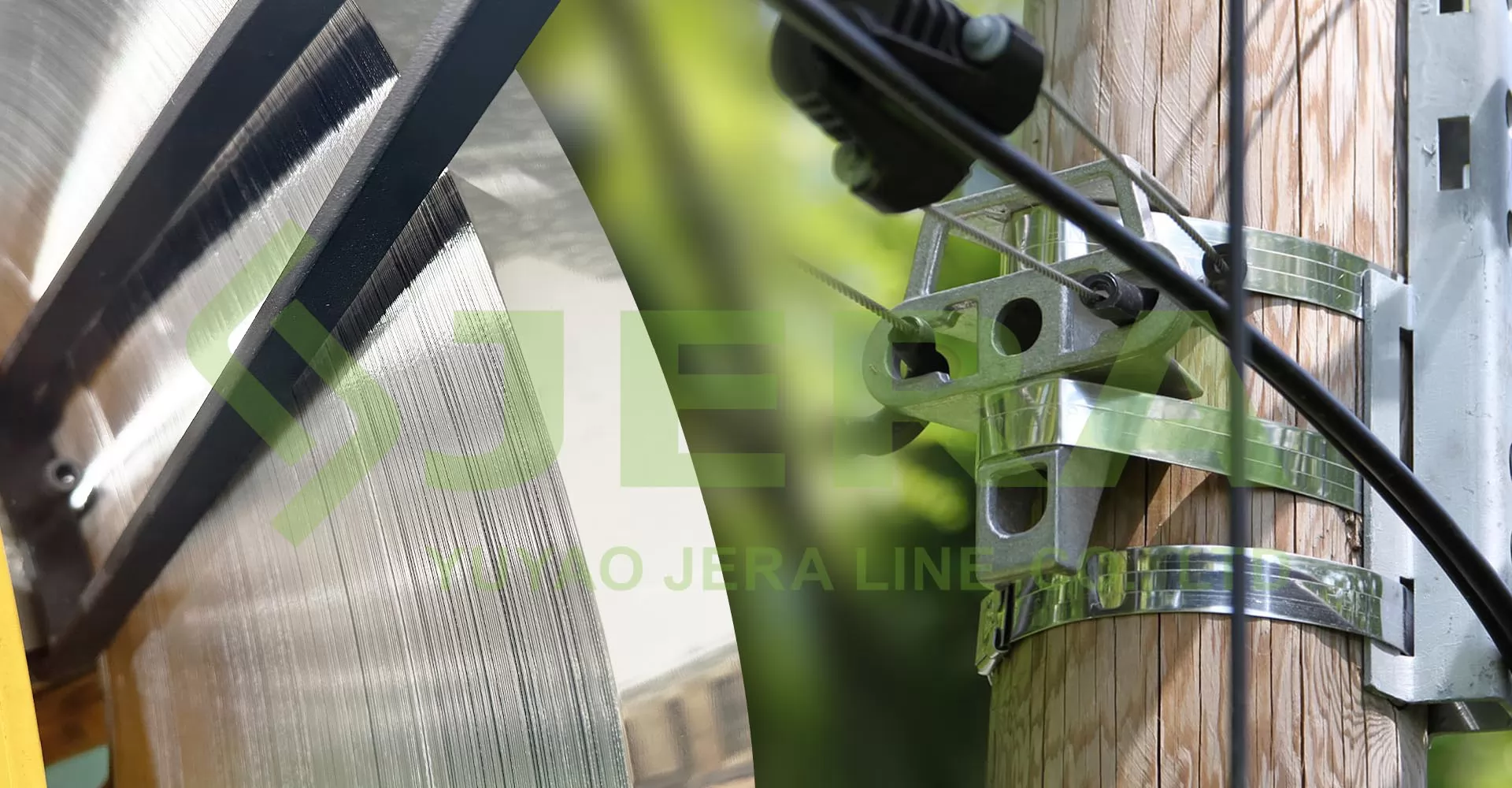


Jera Line has experience in production, which is demanding proper material integration. The power cable products should be durable and confident in applications, therefore the choosing of material is essential part. We are very informed what materials are suitable to apply, what should not be applied for long term, those knowledges are from experience, and routine tests that we do in our factory lab and at some 3rd party electrical laboratories. Material integration refers to the fusion of different material characteristics into a single product to achieve better performance, reliability, and cost-effectiveness. Through material integration, the functionality, weight, durability, and maintainability of a product can be optimized.
How can we match materials with product applications? Generally, we require that the quality, specifications, chemical composition, additional adding’s, brand, etc., of the raw materials used in production match the product’s requirements, the quantity of raw materials used in production matches the product’s requirements, and the specifications of the raw materials used in production match the product’s requirements.
During Jera Line’s manufacturing process, the correspondence between raw materials and products directly affects product quality and production efficiency. If the raw materials type, its performance itself does not correspond properly, it may affect the quality of the product or lead to low production efficiency. Therefore, a reasonable match between raw materials and products is the foundation of manufacturing. The matching of materials and product applications is a key step to ensure that the selected materials are suitable for specific products. When we apply this in practice, we need to consider the following factors:
Mechanical Performance: Does the strength, stiffness, and wear resistance of the material meet the product’s requirements?
Corrosion Resistance: Is the product used in harsh environments, requiring corrosion resistance?
Temperature and Humidity: Can the material remain stable under different temperature and humidity conditions?
Cost: Is the price of the material suitable for the product’s budget?
Multi-scale Modeling: From the atomic scale to the macro scale, different models and data need to be integrated.
Verification and Validation: Ensure the feasibility and performance of material integration.
Time and Cost: Material development requires time and resources, but it is crucial to the success of the product.
In conclusion, the correspondence between raw materials and products is an important link in manufacturing. A reasonable correspondence can improve production efficiency, reduce production costs, ensure product quality, and is crucial to the development of the enterprise. Therefore, when manufacturing, we must pay attention to the correspondence between raw materials and products, ensuring that the quality, specifications, and quantity of raw materials match the product’s requirements.







